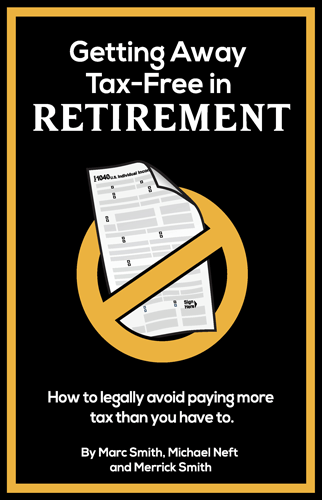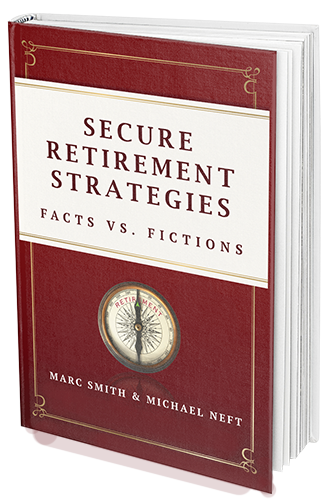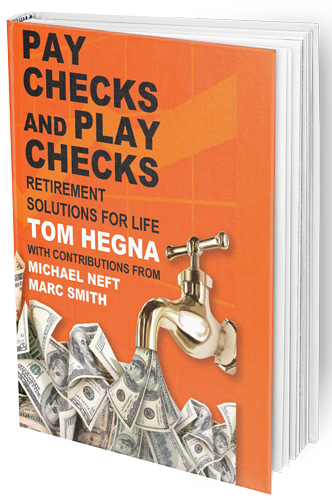What You Need To Know: The Lowdown on Return Rates
A Life Insurance Retirement Plan isn’t a small financial investment, and the last thing you want to do is purchase a policy that won’t work to achieve the goals you want. When it comes to indexed universal life insurance policies, your return on investment (ROI) can be directly tied to how much value you get from your policy. It’s important to know what can and cannot be communicated to you as a potential participant regarding the rates of return on your investment dollars. Read on for tips about the different types of legislative policies that affect what can and cannot be relayed to you, so that you can make an educated decision when buying a Life Insurance Retirement Plan (LIRP) as a tax-free retirement investment vehicle.
What Is A Life Insurance Return Rate?
A return rate is the percentage of money earned on every dollar of your investment. For example, if you put $100,000 into a retirement plan with a return rate of 6%, you’d earn $6,000 in one year. The return rate is a critical part of your life insurance investment decision. It’s the metric that is used to determine the value of your policy when you cash out. You’ll also want to know that return rates are calculated by taking into account all your life insurance policy costs, including the premium, agent fees, and administrative fees. It’s important to note that while policies can have different rates of return, they can’t promise a specific amount of money to be paid back.
How Can A Life Insurance Return Rate Be Communicated Legally?
The return rate on a life insurance policy is a prediction and, by nature, it isn’t legally binding upon the insurance provider. Instead of providing a definitive rate, life insurance companies use a “conservative” (also known as “actuarial”) method of calculation. This conservative approach will ensure that the life insurance company has enough funds to pay the benefits to the beneficiaries, but will also give you a lower return rate. Two specific policies used to help insurance providers project these rates of return are AG49 and AG49A (“AG” standing for “actuarial guideline”). By law, every insurance provider, and financial planner, must communicate rates of return conservatively in an effort to minimize any potentially misleading information to investors.
How Can You Use The Knowledge of Conservative Return Rate Projections to Choose The Right Life Insurance Retirement Plan for You?
Over the last 10 years, the average LIRP has performed around 8 to 8.5 point half percent per year, on average. The illustration that we show you is going to be around six to 6.1% per year on average, in terms of the rate of return. Now we know that your LIRP is not going to return a flat rate of six or 6.1% every single year. But what we do know is that according to the history of the market, it’s probably going to perform at a number greater than that return. So what we’re showing you is a conservative nature, a conservative picture of how we think your LIRP is going to perform. We can compare that conservative picture with historical data to help you make an informed and educated choice about which policy you should choose to make the most of your investment dollars.
SRS specializes in helping our clients by presenting conservative projections, as well as historical return data, to help you make the best choice for your financial goals. On an annual basis, we’ll meet with you to review the ROI performance of your policy, and we’ll take a look at exactly how to manage your LIRP for the next year moving forward. This sort of active involvement in policy management on an individualized basis is what sets SRS apart from larger firms or subsidiary advisors.
In Summing Up
When it comes to life insurance, your return rate is how much money you’ll earn on your investment. As an investor, you need to know what can and cannot be communicated to you with regard to the rate of return on your life insurance policy. While AG49 and AG49A restrict how firms like Secure Retirement Strategies can communicate these returns, we specialize in providing you with historical data as well as options so that you can make the right choice for your financial circumstance. Not only do we give you a holistic picture of your options, we actively manage and coordinate with you on a regular basis to ensure that your policy is the right one for you, and that your dollars are working as hard as they possibly can to earn you the best rate of return on your investment.
Risk Disclosure: Investing involves risk including the potential loss of principal. No investment strategy can guarantee a profit or protect against loss in periods of declining values. Past performance does not guarantee future results.
This material is for information purposes only and is not intended as an offer or solicitation with respect to the purchase or sale of any security. The content is developed from sources believed to be providing accurate information; no warranty, expressed or implied, is made regarding accuracy, adequacy, completeness, legality, reliability or usefulness of any information. Consult your financial professional before making any investment decision. For illustrative use only.
Opinions expressed are subject to change without notice and are not intended as investment advice or to predict future performance.







